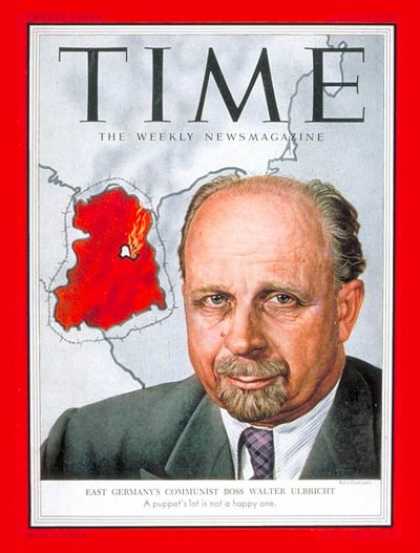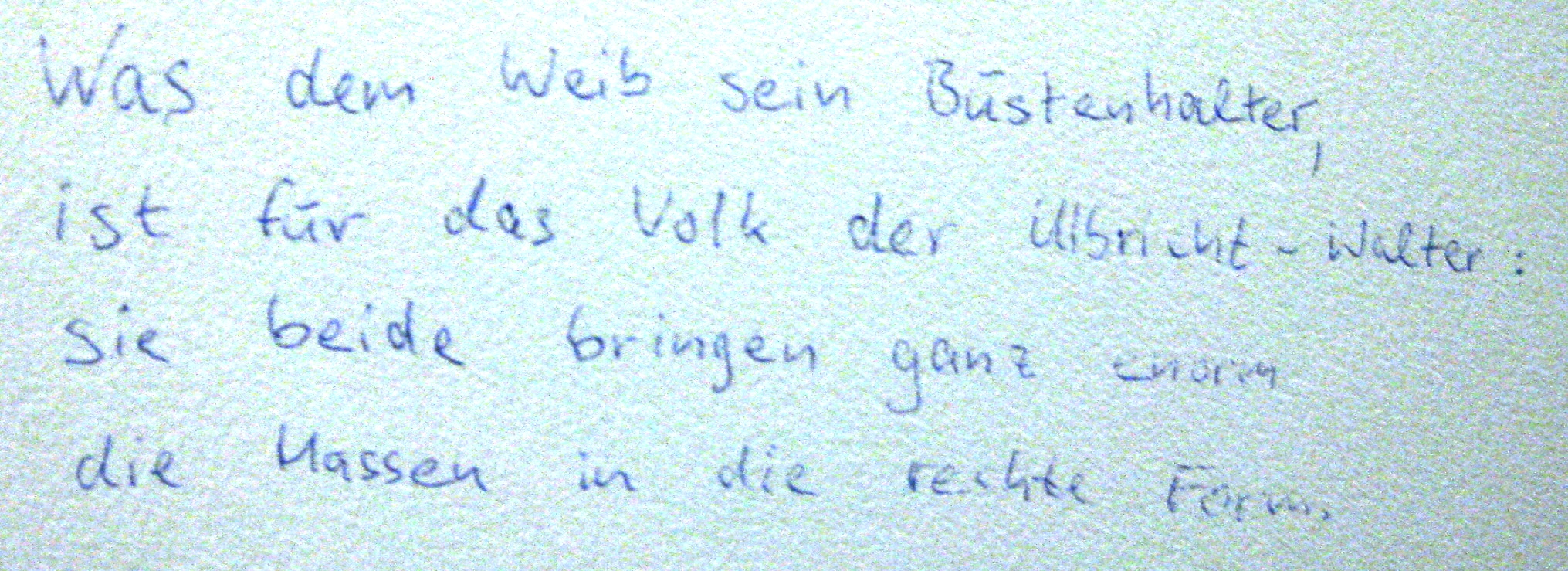[A quick note. Rather than write a new post, I have simply updated Wednesday’s post with results from Polis. This was easy to do because the Polis results were largely consistent with the others. Unfortunately this doesn’t mean we have the answers to the key questions: how do poll numbers translate into votes, and, in particular, what will happen with will the parties around the 5% threshold. But if it weren’t for these there would be too little suspense.]
![]() When two [three] different polls agree on shifts in most parties it is time to pay attention. The April poll for FOCUS came out last week and this week MVK [and Polis] revealed [their] own (always, to my regret and frustration, with less information than that provided by FOCUS). The movements in both of these polls correspond quite closely, even if they begin from different baselines: Smer, HZDS and KDH down, SaS up, others moving in different directions but not by much. The overall movement of coalition and opposition also agrees fairly closely, with the coalition dropping to some of its lowest levels since the coalition took office almost four years ago, though still likely ahead (despite headlines that “the opposition has caught up to Fico,” it is probably not that simple and it is the small details and narrow margins that will make the difference in what kinds of governments are viable after the election.
When two [three] different polls agree on shifts in most parties it is time to pay attention. The April poll for FOCUS came out last week and this week MVK [and Polis] revealed [their] own (always, to my regret and frustration, with less information than that provided by FOCUS). The movements in both of these polls correspond quite closely, even if they begin from different baselines: Smer, HZDS and KDH down, SaS up, others moving in different directions but not by much. The overall movement of coalition and opposition also agrees fairly closely, with the coalition dropping to some of its lowest levels since the coalition took office almost four years ago, though still likely ahead (despite headlines that “the opposition has caught up to Fico,” it is probably not that simple and it is the small details and narrow margins that will make the difference in what kinds of governments are viable after the election.
As always the numbers are on the Dashboard. The analysis is below:
 Both MVK and FOCUS [and Polis] show an almost identical drop for Smer of about 2.5 points from February to April (and with FOCUS the March numbers are not far out of line with that trend). Because MVK begins with a lower baseline, it shows a lower result—35.1–which is in line with MVK’s overall lower result for Smer. [Polis is between the two at 36.2]. Nevertheless the number is still striking because it is the lowest preference that Smer has received on an MVK poll since the just before the 2006 election (The FOCUS numbers from last week are low by FOCUS averages as well—the third lowest since 2007) [For Polis we do not have such a long baseline of results.]. Why so low? Probably a certain amount of fatigue, accumulation of scandals and problems and, I suspect, a bit of defection to SaS and, this month, to SNS.
Both MVK and FOCUS [and Polis] show an almost identical drop for Smer of about 2.5 points from February to April (and with FOCUS the March numbers are not far out of line with that trend). Because MVK begins with a lower baseline, it shows a lower result—35.1–which is in line with MVK’s overall lower result for Smer. [Polis is between the two at 36.2]. Nevertheless the number is still striking because it is the lowest preference that Smer has received on an MVK poll since the just before the 2006 election (The FOCUS numbers from last week are low by FOCUS averages as well—the third lowest since 2007) [For Polis we do not have such a long baseline of results.]. Why so low? Probably a certain amount of fatigue, accumulation of scandals and problems and, I suspect, a bit of defection to SaS and, this month, to SNS.
 FOCUS showed a big jump for SNS in April. MVK also shows a jump, though smaller in magnitude and from a smaller baseline [Polis shows no jump at all and a figure just at the threshold of viability. SNS has usually polled low in Polis polls, however, so this needs to be taken with some caution]. [The FOCUS and MVK results] puts SNS more safely above the threshold in both of these major polls. How safe is anyone’s guess. It is hard to know how to think about this party’s chances. It’s past levels suggest that it has a decent level of residual support (if not strong organization) and I have been slightly surprised by its low but the years of scandal and extreme behavior by the party leader certainly have pushed it toward the low edge of viablility.
FOCUS showed a big jump for SNS in April. MVK also shows a jump, though smaller in magnitude and from a smaller baseline [Polis shows no jump at all and a figure just at the threshold of viability. SNS has usually polled low in Polis polls, however, so this needs to be taken with some caution]. [The FOCUS and MVK results] puts SNS more safely above the threshold in both of these major polls. How safe is anyone’s guess. It is hard to know how to think about this party’s chances. It’s past levels suggest that it has a decent level of residual support (if not strong organization) and I have been slightly surprised by its low but the years of scandal and extreme behavior by the party leader certainly have pushed it toward the low edge of viablility.
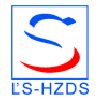 For HZDS the last two months show a drop in both FOCUS and MVK to just above the threshold of viability. [In the Polis poll, the party’s results are stable, but from an already quite low baseline, well below 4%.] Of course it has been at that level on and off for the last year, and the overall trend has been quite consistently downward. The question is whether that downward trend will overcome the party’s fairly loyal voter base. This one will be close. [News about Polis polls, whether or not they are accurate, certainly cannot help the party’s chances for persuading voters to choose it over another alternative].
For HZDS the last two months show a drop in both FOCUS and MVK to just above the threshold of viability. [In the Polis poll, the party’s results are stable, but from an already quite low baseline, well below 4%.] Of course it has been at that level on and off for the last year, and the overall trend has been quite consistently downward. The question is whether that downward trend will overcome the party’s fairly loyal voter base. This one will be close. [News about Polis polls, whether or not they are accurate, certainly cannot help the party’s chances for persuading voters to choose it over another alternative].
The current coalition shows slightly different patterns in FOCUS and MVK: in MVK the pattern is one of clear decline from the mid-50’s to the mid-40’s. In FOCUS polls, the drop is much smaller: from mid-50’s to the low 50’s [and Polis shows a result somewhere in-between, from low-50’s to mid-40’s] . It is still unlikely that the coalition seat would drop below 50% off this estimate, unless one of the two smaller coalition parties falls below the 5% threshold.
 For SDKU the most recent polls of FOCUS and MVK show a more mixed pattern: in MVK, SDKU dropped a point from February to April but is two points up on its results from January. FOCUS shows the identical pattern but off by a month: in FOCUS polls SDKU dropped a point from March to April but up two points from February. [Polis actually shows SDKU up, suggesting the same sort of random fluctuation within a quite narrow range.] This kind of mapping is probably pointless however. What is clear is that SDKU is fluctuating quite a bit within its normal range and voters themselves are probably fluctuating as well. What is striking is that SDKU has lost so little in the face of a huge rise in SaS which should, in theory, compete for the same voters.
For SDKU the most recent polls of FOCUS and MVK show a more mixed pattern: in MVK, SDKU dropped a point from February to April but is two points up on its results from January. FOCUS shows the identical pattern but off by a month: in FOCUS polls SDKU dropped a point from March to April but up two points from February. [Polis actually shows SDKU up, suggesting the same sort of random fluctuation within a quite narrow range.] This kind of mapping is probably pointless however. What is clear is that SDKU is fluctuating quite a bit within its normal range and voters themselves are probably fluctuating as well. What is striking is that SDKU has lost so little in the face of a huge rise in SaS which should, in theory, compete for the same voters.
 KDH shows almost the identical slow slide in both MVK and FOCUS, dropping about a point over the last two months (and slightly more from earlier polls) to a level around 9%. [Polis shows a slight drop but from a higher initial point. For KDH it is the range that is unclear–the 9% of FOCUS, the 11% of MVK or the 13% of Polis–while the pattern of slight decline in the most recent months is common to all polls]. Like SDKU, KDH is probably seeing some effects from the rise of SaS: there was always a small cadre of voters who would opt for KDH as an alternative to SDKU. Now they have another alternative.
KDH shows almost the identical slow slide in both MVK and FOCUS, dropping about a point over the last two months (and slightly more from earlier polls) to a level around 9%. [Polis shows a slight drop but from a higher initial point. For KDH it is the range that is unclear–the 9% of FOCUS, the 11% of MVK or the 13% of Polis–while the pattern of slight decline in the most recent months is common to all polls]. Like SDKU, KDH is probably seeing some effects from the rise of SaS: there was always a small cadre of voters who would opt for KDH as an alternative to SDKU. Now they have another alternative.
 SaS shows virtually the same jump in both FOCUS and MVK [and only slightly smaller in Polis] and to virtually the same level—around 11.5% [and 9% in Polis, but SaS has tended to lag in Polis polls]. I suspect that some of these voters will, in the final equation, fall back to SDKU or KDH, but for the moment SaS has done well in exciting voters and does not seem to have made any major mistakes.
SaS shows virtually the same jump in both FOCUS and MVK [and only slightly smaller in Polis] and to virtually the same level—around 11.5% [and 9% in Polis, but SaS has tended to lag in Polis polls]. I suspect that some of these voters will, in the final equation, fall back to SDKU or KDH, but for the moment SaS has done well in exciting voters and does not seem to have made any major mistakes.

 Hungarian parties. Here is really the only place where the [three] sets of major polls show differences in trend and even then it is only to place them in the same positions. The MVK poll in April is virtually identical to that of February, with MKP-SMK around 6% and Most-Hid around 5%, a result also reached by FOCUS. [In the Polis poll the numbers for the two parties are stable as in MVK but the percentages are almost precisely are reversed, as in last month’s FOCUS poll, with Most-Hid a point ahead of MKP-SMK, with both ahead of the 5% threshold.] For a party with weaker organizational basis and history, Most-Hid’s decline to near the threshold [in FOCUS and MVK polls] must be rather worrisome for the party’s leaders, but what will happen here, however, remains extremely difficult to assess.
Hungarian parties. Here is really the only place where the [three] sets of major polls show differences in trend and even then it is only to place them in the same positions. The MVK poll in April is virtually identical to that of February, with MKP-SMK around 6% and Most-Hid around 5%, a result also reached by FOCUS. [In the Polis poll the numbers for the two parties are stable as in MVK but the percentages are almost precisely are reversed, as in last month’s FOCUS poll, with Most-Hid a point ahead of MKP-SMK, with both ahead of the 5% threshold.] For a party with weaker organizational basis and history, Most-Hid’s decline to near the threshold [in FOCUS and MVK polls] must be rather worrisome for the party’s leaders, but what will happen here, however, remains extremely difficult to assess.
The current opposition, particularly the right has done well lately. The parliamentary right has dropped somewhat, but not much, and the rise of SaS recently is more than double the combined losses of SDKU and KDH. In fact both FOCUS and MVK show an overall rise for the three parties combined by a significant amount: about [4 points in Polis in the last six months] 6 points in FOCUS and about 8 points in MVK. This was a fairly predictable outcome, I think, as the campaign and the emergence of new parties gave the right a stronger focus and pushed at the relatively soft electoral support for the current government (exemplified by Radicova’s ability to reach near parity with Gasparovic in 2009). The ability of these parties to form a government is still a longshot, but these numbers probably better reflect the overall composition of opinion in Slovakia’s society (keeping in mind that some of the SaS support, I suspect, is not from the ideologically “right” but from dissatisfied “new party” support which had previously gone to Smer.
But the threshold will still be the key determinant.



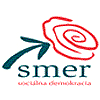

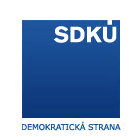
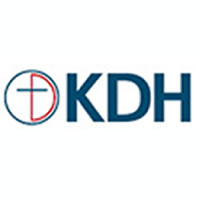
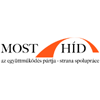
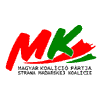 Most-Hid and MKP-SMK: Stable but polls offer no insight on the key “threshold” question. The Hungarian parties results remain the most difficult to judge, at least with regard to the most important question of whether either party (or both together) will pass the 5% threshold. FOCUS puts both parties right on the line (MKP stable over 3 months, Most-Hid dropping from a higher position). I have argued that one of the two should pass the threshold but it is not clear which one. The current stasis (with both above the threshold) makes it unlikely that one party will be seen as “running away with it” and lower the possibility of something like an 8% v. 3% split (not ideal, sacrificing maximum gain for maximum loss) while maximizing the possibility of either something like a 5.9% v. 5.1% split (a best case scenario) or something like 6.1% v. 4.9% (a worst case scenario). Median, I think, simply needs to be ignored on Hungarian parties. There is no basis that I can think of for trusting a result that shows the total Hungarian electorate at less than 8%; Median puts it at 6.2%.
Most-Hid and MKP-SMK: Stable but polls offer no insight on the key “threshold” question. The Hungarian parties results remain the most difficult to judge, at least with regard to the most important question of whether either party (or both together) will pass the 5% threshold. FOCUS puts both parties right on the line (MKP stable over 3 months, Most-Hid dropping from a higher position). I have argued that one of the two should pass the threshold but it is not clear which one. The current stasis (with both above the threshold) makes it unlikely that one party will be seen as “running away with it” and lower the possibility of something like an 8% v. 3% split (not ideal, sacrificing maximum gain for maximum loss) while maximizing the possibility of either something like a 5.9% v. 5.1% split (a best case scenario) or something like 6.1% v. 4.9% (a worst case scenario). Median, I think, simply needs to be ignored on Hungarian parties. There is no basis that I can think of for trusting a result that shows the total Hungarian electorate at less than 8%; Median puts it at 6.2%.